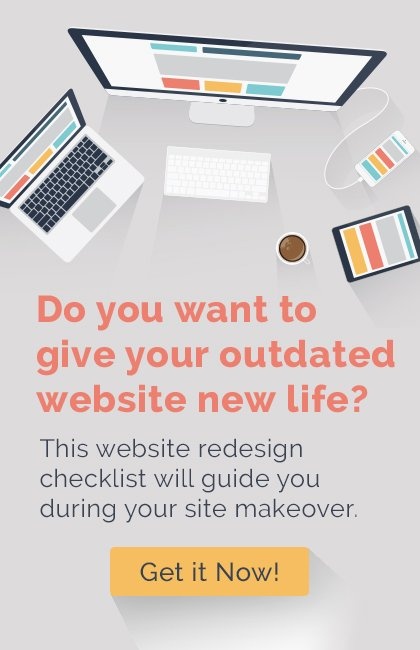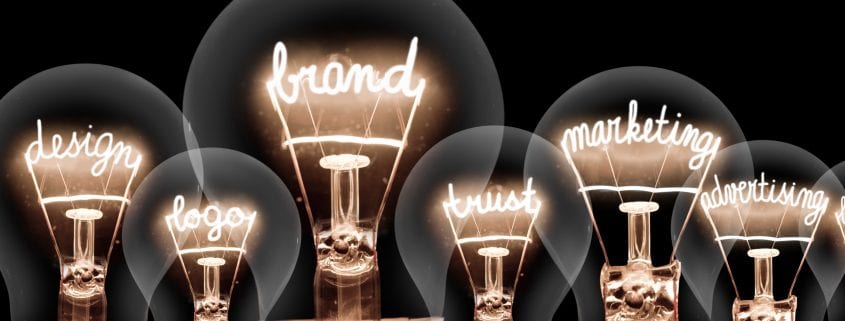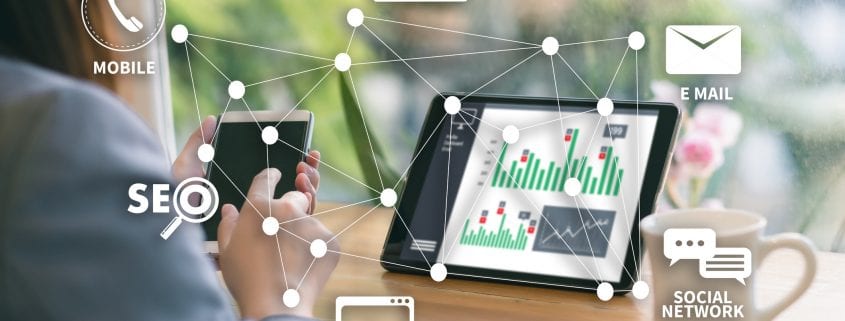
Planning a Website? Consider Growth-Driven Design
A business without a website is practically unheard of in this day and age. Not having a website severely limits your ability to market your brand. However, designing and building a website can be more difficult than you might think. The traditional way of building a website requires that you figure out exactly what you want your website to have and then launching the completed version. The problem with this method is that you’ll end up having to redesign it after a few years. This is especially true if it turns out that your website isn’t very user-friendly or needs additional features. It’s one of the main reasons that many companies are opting to use Growth-Driven Design instead.
What Is Growth-Driven Design?
Growth-Driven Design (GDD) is a website design methodology that uses an incremental approach. Instead of designing and developing a website and launching it after completion, GDD allows you to launch an incomplete site. The idea is to launch a site with basic functionality and to add to it over time. With GDD, you can continuously test the usability of your site and collect feedback. You can use this data to make changes or add features to your website over time. GDD consists of two phases:
Phase One
During phase one, you need to determine what your users want and need. With that in mind, plan a wishlist of features and functionalities you want for your website. Once a wishlist has been created, you’ll need to prioritize the list by features that will have an immediate impact. You will develop and launch your website to have those core features. Although not complete, your site should have the basic functionality to make it useable.
Phase Two
During phase two, you will analyze the performance of your website. Take into account things like user experience and goal achievement. You will then improve your website using what you’ve learned during specific increments throughout the future (such as every month or every two months). This allows you to continue to build your website even while it’s live.
See how Stevens & Tate implemented a Growth-Driven Design Strategy to help a client: DSI Spaceframes Case Study
The Benefits Of Implementing A Growth-Driven Design
At first glance, it might make more sense to wait until you completely finish the website to launch it. However, there are actually a number of advantages to using GDD instead. The following are some of the main benefits of implementing GDD:
-
Launch your site quickly
 Because the launchpad site only needs to have 20 percent of your wishlist’s features implemented, you’ll be able to launch it much faster. The quicker your site is up and running, the better (as long as it’s functional, of course).
Because the launchpad site only needs to have 20 percent of your wishlist’s features implemented, you’ll be able to launch it much faster. The quicker your site is up and running, the better (as long as it’s functional, of course). -
Continuously improve your website
With a traditional website design, what you see is what you get. Once it’s been launched, you’re done. You won’t be able to improve it unless you decide to do a major redesign or update. With
GDD, you have the opportunity to improve your website continually based on the data you collect.
-
Minimize your risk
You won’t spend as much money upfront with GDD since you’re launching an incomplete version. With a traditional website design, you’re taking a bigger risk because you’re using your entire design budget in one go. Your website could end up being a failure upon its launch, resulting in the loss of a significant amount of money. By building your website in increments, you’re taking less of a financial risk — especially since your budget can be spread across a longer period of time.
-
Avoid massive redesign projects
With a traditional website design, you’re going to have to invest in a significant update or website redesign at some point in the future. This will be an expensive undertaking and it will be a necessary one. That’s just the nature of technology. With GDD, this will never be required since you’re constantly updating and improving your site.
-
Gain valuable insight into users
GDD allows you to use what you learn about your users to continuously improve your site. At the same time, you’ll be gaining valuable insight into users that can be used in your marketing and sales strategies.
-
Evolve your site with your business
Your business may change over time. With GDD, your website will be able to evolve naturally to keep up with all the changes your business experiences.
You simply can’t go without a company website, no matter how small your business might be. When planning your website design, consider implementing a Growth-Driven Design. Doing so will provide your company with a number of advantages over a more traditional design methodology. With a Growth-Driven Design, you’ll be able to adapt more successfully to the needs of your users, as well as your business.




 logo is like the face of your brand, because it’s often the first thing people recognize. For example, if you think about Starbucks, McDonald’s or Louis Vuitton, their logo probably immediately comes to mind.
logo is like the face of your brand, because it’s often the first thing people recognize. For example, if you think about Starbucks, McDonald’s or Louis Vuitton, their logo probably immediately comes to mind.

















